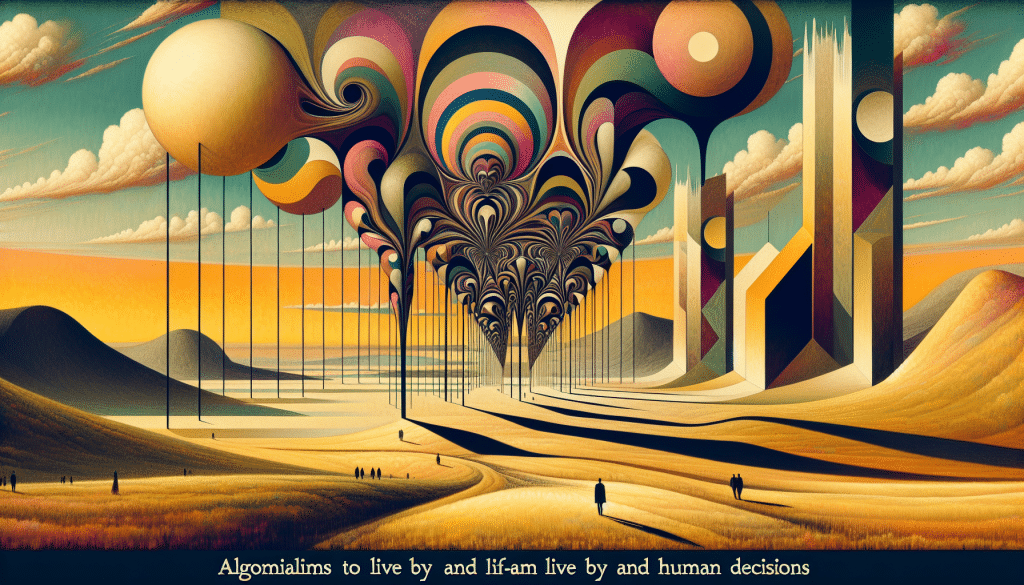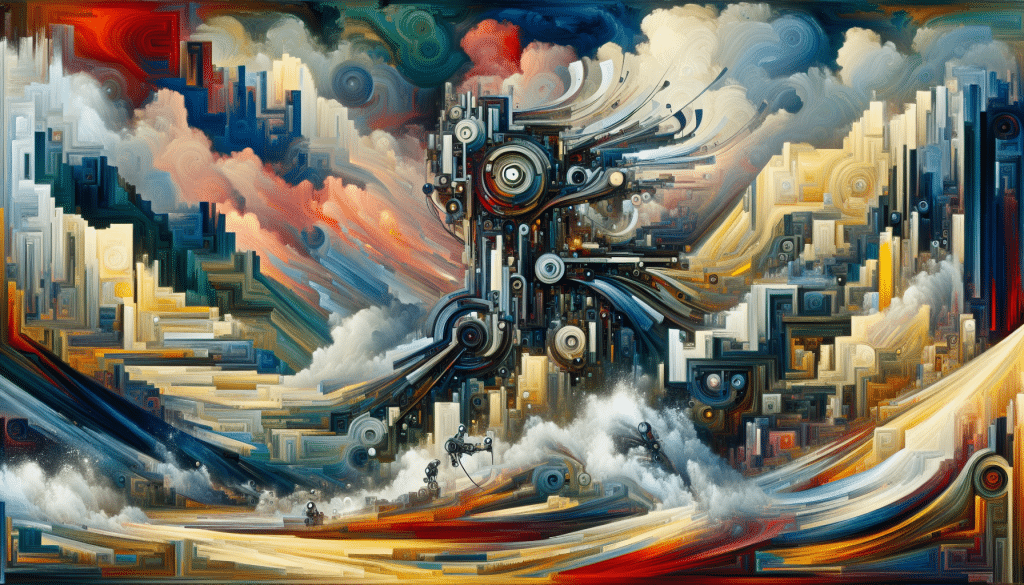Coding and robotics, implementation of a self learning machine

With the rapid advancements in coding and robotics, the integration of self-learning machines in modern technology has become a reality. This intersection of artificial intelligence and robotics has paved the way for machines to adapt and learn from their surroundings, ultimately enhancing their capabilities and performance. In this article, we will explore the advancements in coding and robotics, as well as the implementation of self-learning machines in various industries.
Advancements in Coding and Robotics
In recent years, coding and robotics have seen significant advancements, thanks to breakthroughs in artificial intelligence and machine learning. This has led to the development of more sophisticated algorithms and systems that can perform complex tasks with precision and efficiency. With the rise of open-source platforms and collaborative communities, developers and researchers have been able to leverage the collective knowledge and resources to push the boundaries of coding and robotics further.
Robots are now being equipped with advanced sensors, actuators, and processors that enable them to interact with the environment in real-time. This has revolutionized industries such as manufacturing, healthcare, and transportation, where robots are now able to perform tasks autonomously with minimal human intervention. The integration of coding and robotics has also led to the creation of autonomous drones, self-driving cars, and humanoid robots that can mimic human behavior and intelligence.
The use of coding and robotics has also extended to the field of education, where students are now being introduced to programming languages and robotics at an early age. This hands-on approach allows students to develop critical thinking, problem-solving, and collaboration skills, preparing them for future careers in technology and innovation. As coding and robotics continue to evolve, we can expect to see more groundbreaking applications and advancements that will shape the future of automation and artificial intelligence.
Implementing Self-Learning Machines in Modern Technology
One of the most exciting developments in modern technology is the implementation of self-learning machines, also known as deep learning systems. These machines are designed to continuously analyze and adapt to data inputs, allowing them to improve their performance over time without explicit programming. This has opened up new possibilities in areas such as natural language processing, image recognition, and predictive analytics, where machines can now make decisions and predictions based on patterns and trends in data.
Self-learning machines are revolutionizing industries such as healthcare, finance, and marketing, where they are being used to analyze large datasets, detect anomalies, and make personalized recommendations to users. By leveraging algorithms such as neural networks and reinforcement learning, these machines are able to learn from past experiences, optimize their performance, and make informed decisions in real-time. This has led to increased efficiency, accuracy, and innovation in various sectors, driving the demand for skilled professionals in coding and robotics.
As self-learning machines become more prevalent in modern technology, there are growing concerns about ethics, bias, and accountability. Developers and researchers are now grappling with the ethical implications of autonomous machines, ensuring that they are designed and programmed to uphold moral principles and values. By addressing these challenges and leveraging the power of self-learning machines responsibly, we can unlock the full potential of coding and robotics in shaping a more intelligent and sustainable future.
In conclusion, the integration of coding and robotics, along with the implementation of self-learning machines, is transforming the way we interact with technology and automation. As we continue to push the boundaries of artificial intelligence and machine learning, we can expect to see more innovative applications and advancements that will revolutionize industries and enhance human capabilities. By staying informed, collaborating with experts, and embracing ethical practices, we can harness the power of coding and robotics to create a more efficient, intelligent, and inclusive society.




















Responses